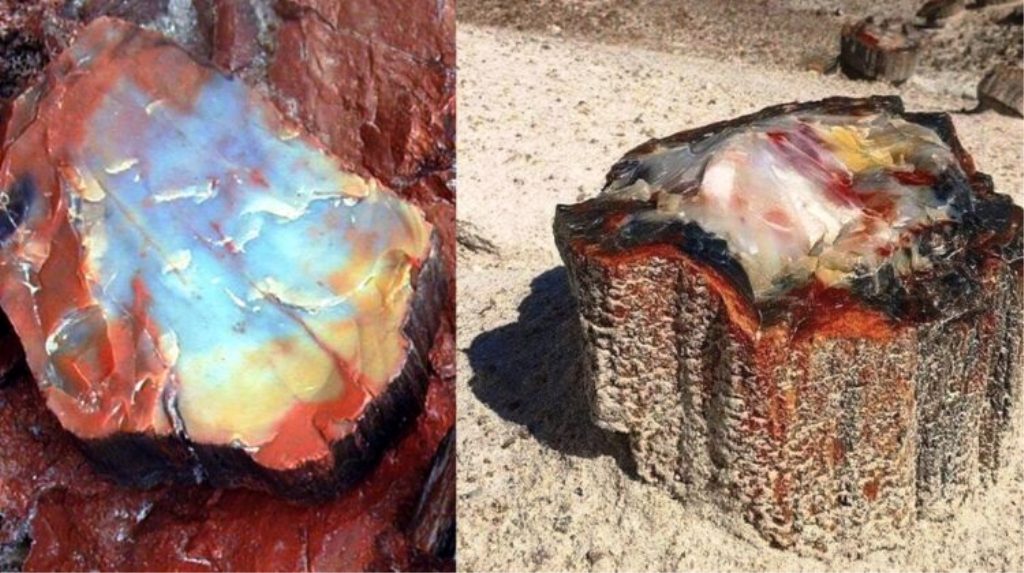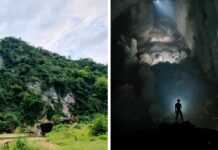What is petrified wood? It is, in essence, a fossil. Petrification is the process through which a tree or plant that resembles a tree mineralizes and transforms into stone. Plant matter becomes buried by silt or volcanic ash and is protected from breakdown by organisms and oxygen. As groundwater with high concentrations of dissolved solids travels through the sediment, the original plant material is replaced by silica, calcite, pyrite, or another inorganic (yet beautiful) substance like opal.
As a result, the original woody material becomes a fossil, typically retaining aspects of the bark, wood, and cellular structures. It naturally takes millions of years for things to happen.

In contrast to other plant fossils, which are frequently impressions or compressions, petrified wood is a three-dimensional representation of the original organic substance. Some petrified wood specimens are so well preserved that people don’t realize they’re fossils until they take them up and notice how heavy they are. These specimens are extremely rare due to their immaculate preservation. Examples with clearly visible wooden structures and bark, on the other hand, are rather widespread.
The photographs below demonstrate that petrified wood is one of nature’s most beautiful creations.















